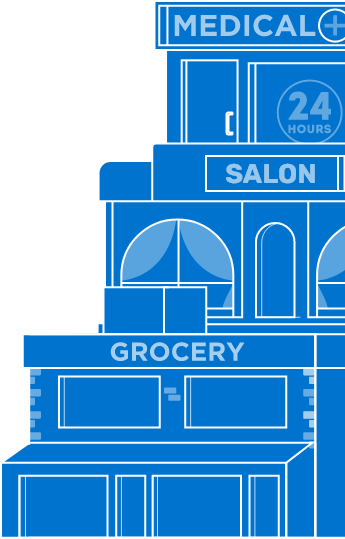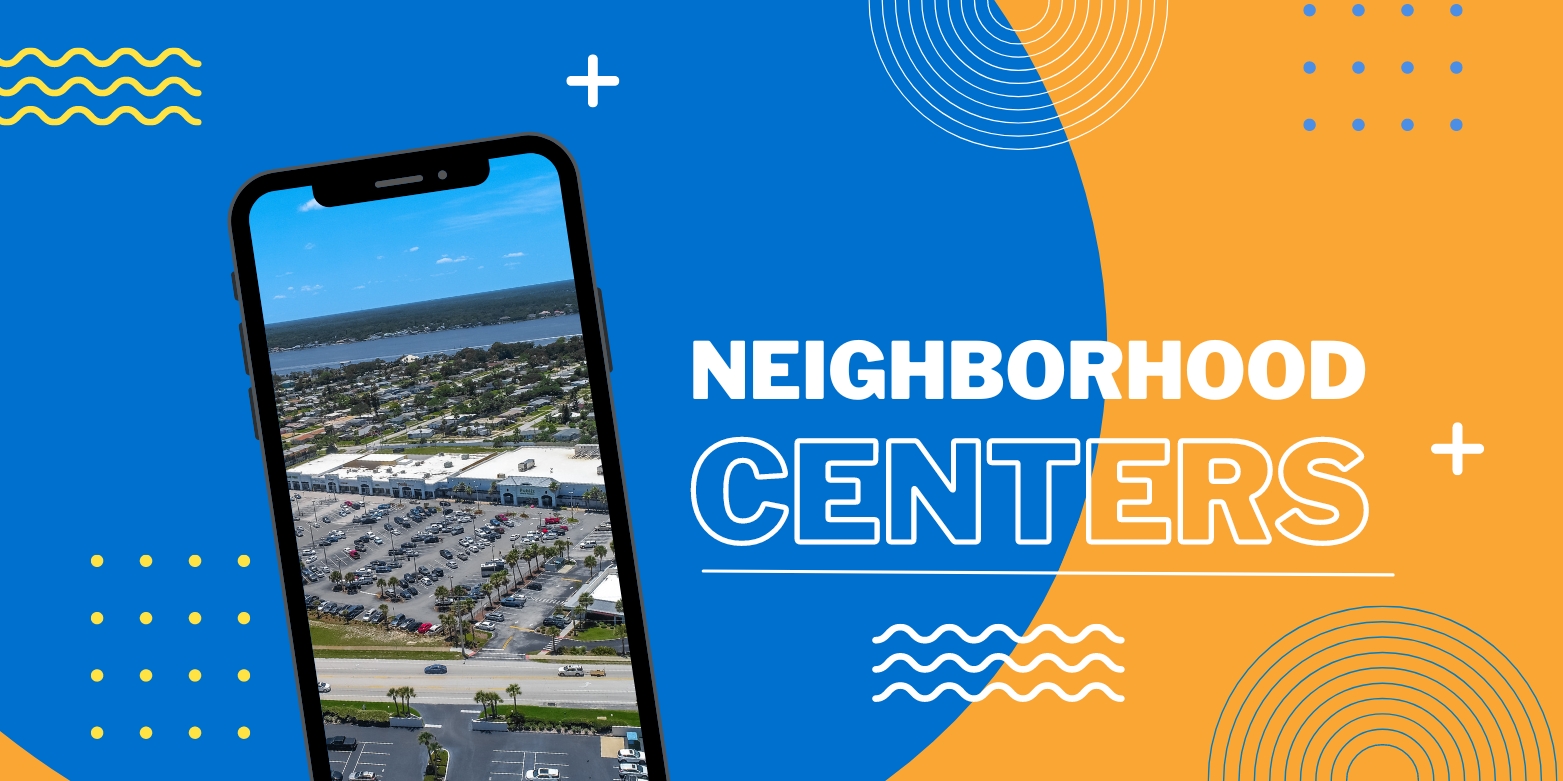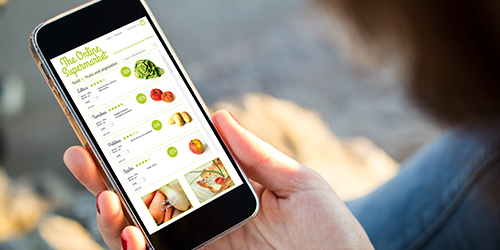Published On Oct 15, 2015
in Grocery and Technology
While many retail sectors have added e-commerce to their business models, the grocery segment has lagged behind. In some sectors, such as office supplies, e-commerce comprises half of all sales. By contrast, grocery and consumer packaged goods (CPG) e-commerce sales comprise only about three percent of the sector's sales.
These findings were cited in a recent study by the University of Michigan and Willard Bishop that examined the impact of e-commerce within the grocery sector. The report shared several insightful conclusions around whether, when, and how e-commerce integrates more tightly into the grocery business. I came away with a few takeaways:
Grocers are still figuring out how to make e-commerce models profitable. The report found that the average e-commerce grocery order generates approximately 7.5 percent profit—if the shopper pays shipping and delivery costs. When the shopper doesn’t cover those costs, the grocery e-commerce business is breaking even at best. On the other hand, the report found that brick-and-mortar grocery stores generate a 12.5 percent profit on regular, non-e-commerce transactions.
Convenience is still the biggest shopper preference. Several findings from the report indicate that convenience is king, including the following set of statistics: Almost 50 percent of shoppers are willing to pay $6 to $10 for home delivery, and 70 percent are willing to pay up to $5 for in-vehicle or in-store pickups. However, 67 percent of shoppers want their order to be ready for pickup within three hours. This isn’t surprising, considering shoppers have little tolerance for delay in general. Nearly all brick-and-mortar grocers can attest to shoppers’ preference for amenities like speedy checkouts.
Brick-and-mortar grocers will continue to persist in consumers’ lives. There’s just no getting away from the brick-and-mortar grocery business. Consumers have always wanted the advantages of physically shopping for groceries, and always will. The report found that the #1 shopper preference at brick-and-mortar supermarkets is the ability to physically inspect items. E-commerce simply can’t replace the ability to physically pick your own groceries.
Brick-and-mortar stores have a vital role to play in the growth of grocery as a whole. The report found that when shoppers order their groceries online, the most cost-efficient delivery systems are in-vehicle pickup at the store and van delivery to shoppers’ homes from a distribution center in high-density markets. This finding indicates that brick-and-mortar stores have a vital role to play in the ongoing growth of the grocery sector as a whole.
The brick-and-mortar and e-commerce worlds often form a symbiotic relationship, and that’s certainly the case in the grocery sector. While grocery’s integration of brick-and-mortar and e-commerce is still in its early stages, signs point to a lucrative partnership.
Jeffrey Edison





